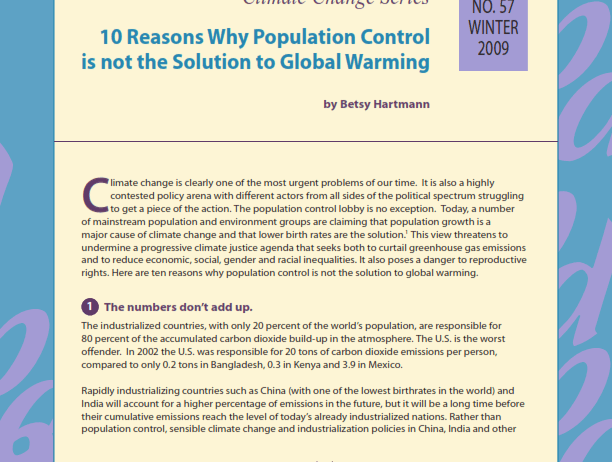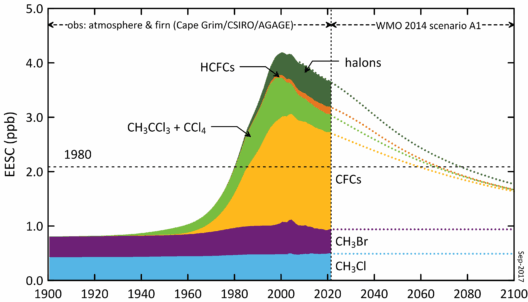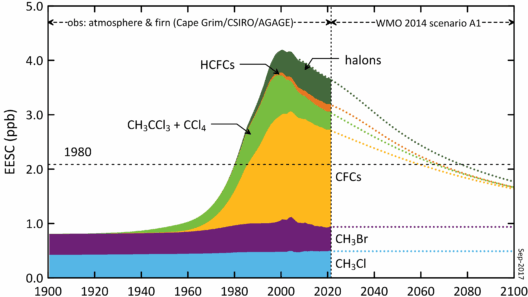Global warming stands as one of the most pressing challenges of our era, a testament to the increasingly fragile balance of our planet’s climate. As temperatures rise, ice caps melt, sea levels elevate, and ecosystems shift, the urgency for comprehensive intervention becomes undeniable. Yet, the question lingers: how long until we can effectively wrestle control over global warming? This inquiry necessitates a multifaceted exploration into not only the causes of climate change but also viable solutions that encompass technological advancements, political will, and collective human action.
Firstly, understanding the causative factors that exacerbate global warming is paramount. The primary culprits are greenhouse gases (GHGs), chiefly carbon dioxide (CO2) and methane (CH4), which are emitted through human activities such as fossil fuel combustion, deforestation, and agricultural practices. The Intergovernmental Panel on Climate Change (IPCC) has extensively documented the correlation between these emissions and rising global temperatures, thus creating a clear blueprint of accountability. Acknowledging this relationship is crucial, as pinpointing the sources of GHG emissions allows for targeted strategies aimed at reduction.
Furthermore, we must delve into the technological innovations that are rapidly evolving to combat climate change. Renewable energy sources, such as solar, wind, and hydropower, are becoming increasingly feasible alternatives to fossil fuels. The International Energy Agency (IEA) predicts that by 2050, renewables could constitute nearly 80% of the global energy mix if we transition rapidly. This transition not only promises a significant reduction in GHG emissions but also offers economic opportunities through job creation in the green economy. The scalability of these technologies showcases their versatility, offering hope for global communities, particularly those in developing regions.
In addition, the importance of energy efficiency cannot be overstated. Innovations in building materials, industrial processes, and transportation can drastically reduce the energy demand and, consequently, emissions. Developing smart infrastructures—integrating intelligent transportation systems and energy-efficient buildings—represents not merely a technological advancement but a necessary paradigm shift in our approach to urban planning and development.
However, technology alone is insufficient without robust political and social frameworks aimed at achieving sustainability. Global agreements, such as the Paris Accord, underline the crucial need for international cooperation in curtailing emissions. Countries must commit to ambitious targets that are not only beneficial for their individual interests but also align with global climate stability. When nations collaborate to share resources, technology, and knowledge, the potential for success magnifies exponentially.
Moreover, public consciousness and engagement play an essential role in combating climate change. Grassroots movements and civic organizations are amplifying the discourse around sustainable practices and environmental stewardship. Educational initiatives are making strides in raising awareness about the impact of consumer choices and lifestyle habits on the environment. By fostering an informed electorate that demands action, society can create pressure for governments and industries to adopt eco-friendly policies and practices. Individual actions, when channeled into collective movements, can catalyze significant shifts in societal norms.
Nevertheless, the timeline for controlling global warming remains precarious. The IPCC has articulated that to prevent the catastrophic effects of climate change, global temperatures must be limited to a maximum of 1.5 degrees Celsius above pre-industrial levels. Achieving this objective necessitates a formidable reduction in GHG emissions—approximately 45% by 2030 and reaching net-zero by around 2050. This ambitious goal requires immediate and sustained action across all sectors of society, an imperative that cannot be overlooked.
Furthermore, the interconnection between climate change and other societal issues, such as poverty, health disparities, and food security, compels a holistic approach to solutions. Climate policies must be integrated with efforts to reduce inequality and foster inclusive development pathways. Without a focus on social justice, the solutions to climate change may inadvertently disenfranchise the very communities that are most vulnerable to its impacts. This intersectionality calls for climate solutions that are equitable, ensuring that all strata of society participate in and benefit from the transition to a sustainable future.
In summation, while the question of how long until we can effectively control global warming remains complex, the pathways to achieving climate stability are evident. By embracing innovative technologies, fostering collaborative political frameworks, and engaging civil societies, we can forge a future that not only mitigates the impacts of climate change but also enhances resilience and sustainability across the globe. The journey ahead is fraught with challenges, but with concerted efforts and urgent action, we can indeed steer our planet towards a more sustainable and equitable trajectory.








